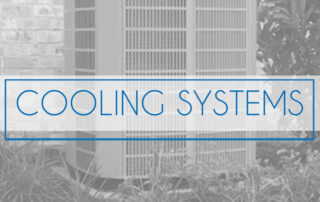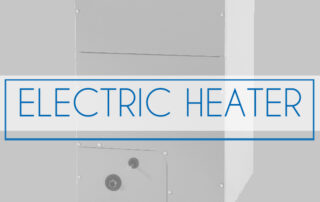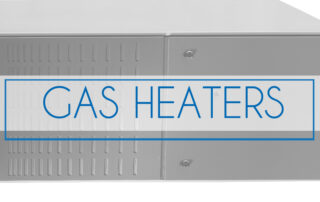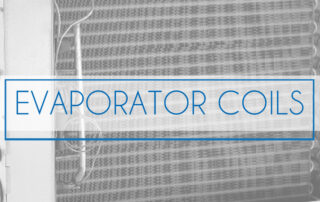GAS HEATERS
While the furnace provides heating to the home, it is also responsible for the airflow throughout the system.
HOW IT WORKS
The gas furnace is a major piece of equipment, usually located in the attic that is permanently installed to provide heat to an indoor area. In most instances, the heat is generated by a natural gas or common fuel source, and in some situations electrical heating is used. These furnaces always need to be vented to the outside, and in the past this was usually accomplished through a chimney, which would sometimes expel as much of the heat produced as the exhaust. Today, many furnaces are up to 95% efficient and can be operated without a chimney. The small amount of waste gas and heat are mechanically ventilated through a small tube through the side or roof of the house.
Most of today’s furnaces use a fan to circulate air to the rooms of the house and pull cooler air back to the furnace for re-heating. While the furnace is a primary component in the heating system, it is actually used all year long as a means to propel both the heated and cooled air by use of a fan. This fan and blower capacity is extremely important to the operation of the system as is the type and design of the ductwork. Stronger capacity furnaces can often times overcome restrictions in the ductwork. In a modern application, separate ducts collect cool air to be returned to the furnace. Once at the furnace, the cool air passes through the furnace, through a filter (if installed), through the blower, through the heat exchanger, where it is finally blown through the building.
The air is propelled through the ductwork, which can be either hard pipe sheet metal or flex duct. Unless the ducts have been sealed using mastic, the ductwork can leak the heated or cooled air into unconditioned areas as it is pushed through.
TYPES OF GAS HEATERS
The most important difference in gas furnaces is the blower capacity and speed. Along the gulf coast we size the furnace by its blower capabilities for cooling performance. Heating is actually a secondary consideration. We prefer a gas furnace with variable speed blower technology because we can precisely set the airflow for maximum cooling performance and enhanced cooling humidity control in both single stage cooling and variable speed/inverter technology.
A standard multi speed blower will only allow us to get in range for perspective cooling tonnage the variable speed is much more versatile a welcome industry improvement.
The variable speed air handler offers precise control of the airflow in all modes to properly cool, heat, and dehumidify the home.
In heating mode, furnace efficiencies range from 80-98% AFUE and offer single stage heating or 2-stage heating.
BEFORE CALLING FOR SERVICE
If you are having trouble with your heating or cooling system, click the button below to take a look at this list of simple, safe do-it-yourself diagnostic procedures.
READ MORE
Select a system component below to read more.
SERVICE REQUEST
Do you need help with system maintenance, repair or design? Or if you have a general question or comment. Fill out this form to get in touch.
TEXT
713.861.1977
OFFICE
713.861.1977
WORKING HOURS
9:00am – 6:00pm
OFFICE LINE
1.800.555.6789
EMERGENCY
1.800.555.0000
WORKING HOURS





